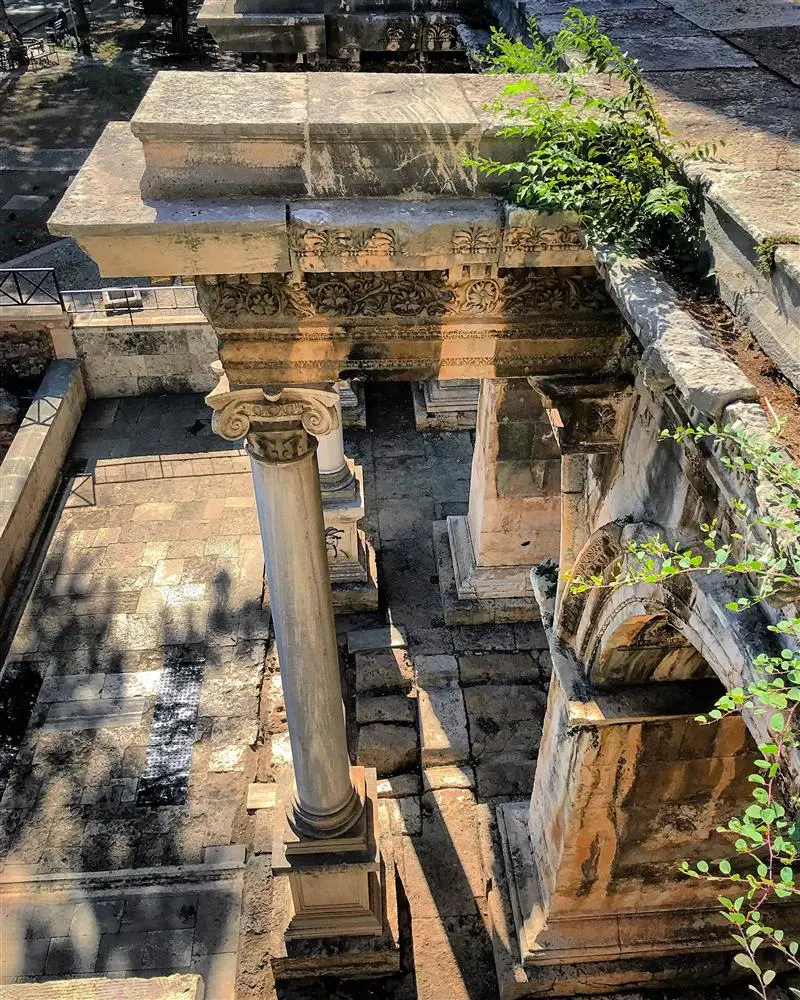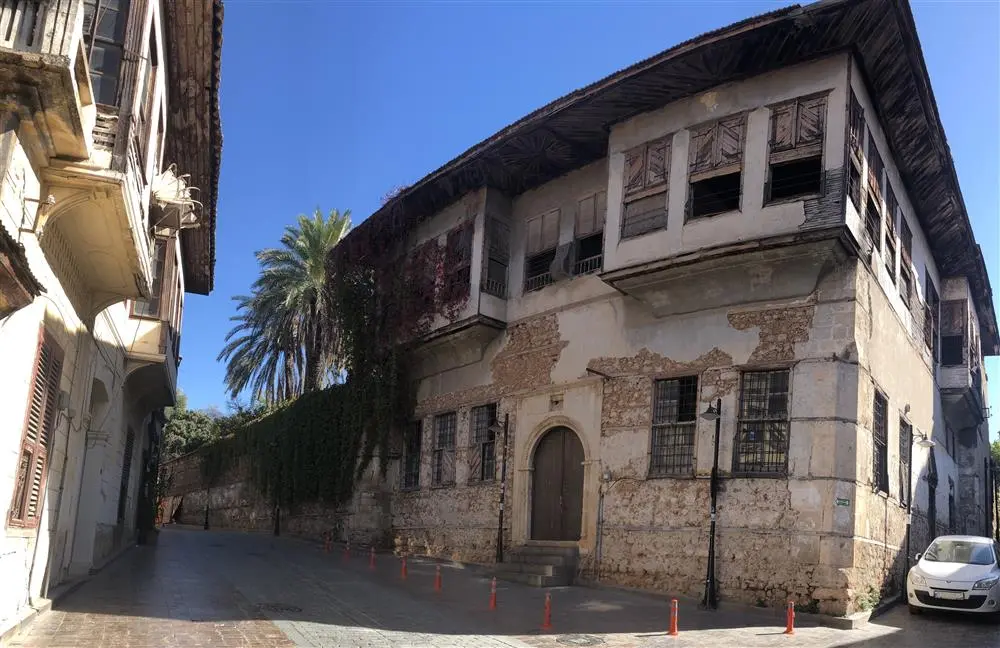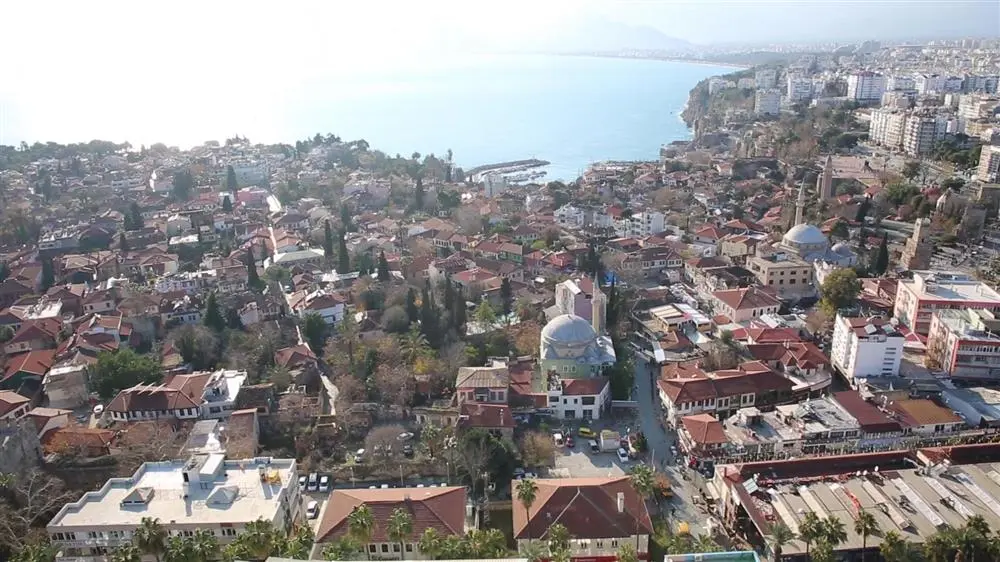Kaleiçi Urban and Grade III. Archaeological Site
Description
Attaleia-Antalya, which means "Home of Attalos", was founded by King Attalos II of Pergamon. After the end of the Pergamon Kingdom (133 BC), the city remained independent for a while and then fell into the hands of pirates. It was annexed to Roman territory by Commander Servilius Isauricus in 77 BC and became a base for Pompeius' navy in 67 BC. Hadrian's visit to Attaleia in 130 A.D. led to the development of the city.
Attaleia, which was the episcopal center during the Byzantine rule, showed a great development after the Turks took over. Since the modern city was built on top of the ancient settlement, the ruins of the Ancient Period are very rare in Antalya. The first of the ruins that can be seen is a part of the harbor breakwater, which is described as the old harbor, and the city wall surrounding the harbor. Hadrian's Gate (Three Gates), which has been restored, is one of the most beautiful ancient monuments of Antalya.
Kaleiçi, which was Attaleia in ancient times, is surrounded by horseshoe shaped walls from the inside and outside. Within these walls, which are the joint work of the Hellenistic, Roman, Byzantine, Seljuk and Ottoman periods, there are about 3,000 houses with tiled roofs. The characteristic structures of the houses not only give an idea of the architectural history of Antalya, but also reflect the lifestyle, traditions and customs of the region in the best way. The narrow streets within the city walls run along the wall from the port upwards. Yivli Minaret and Complex, Gıyaseddin Keyhüsrev Madrasah, Karatay Madrasah, Şehzade Korkut Mosque, İskele Mosque, Tekeli Mahmut Pasha Mosque are some of the important historical buildings within the city walls.
The ancient port of Kaleiçi is now used as a modern marina. Together, the marina and the ancient city form a magnificent landscape that has inspired many painters, writers and poets. In 1984, the Ministry of Culture and Tourism received the Golden Apple Award from FIJET (World Federation of Tourism Writers and Journalists) for its restoration project in Kaleiçi, which is now a protected site.
Kaleiçi is the center of attraction in Antalya with its historical buildings that have been converted into dining, accommodation and entertainment facilities such as hotels, pensions, restaurants and bars. While traveling to the past in the bougainvillea-decorated, citrus-scented streets of Kaleiçi, which still retains its vitality and rhythm, you can also shop in shops selling local products and souvenirs.
Short Description
Attaleia-Antalya, which means "Home of Attalos", was founded by King Attalos II of Pergamon. After the end of the Pergamon Kingdom (133 BC), the city remained independent for a while and then fell into the hands of pirates. It was annexed to Roman territory by Commander Servilius Isauricus in 77 BC and became a base for Pompeius' navy in 67 BC. Hadrian's visit to Attaleia in 130 A.D. led to the development of the city.








